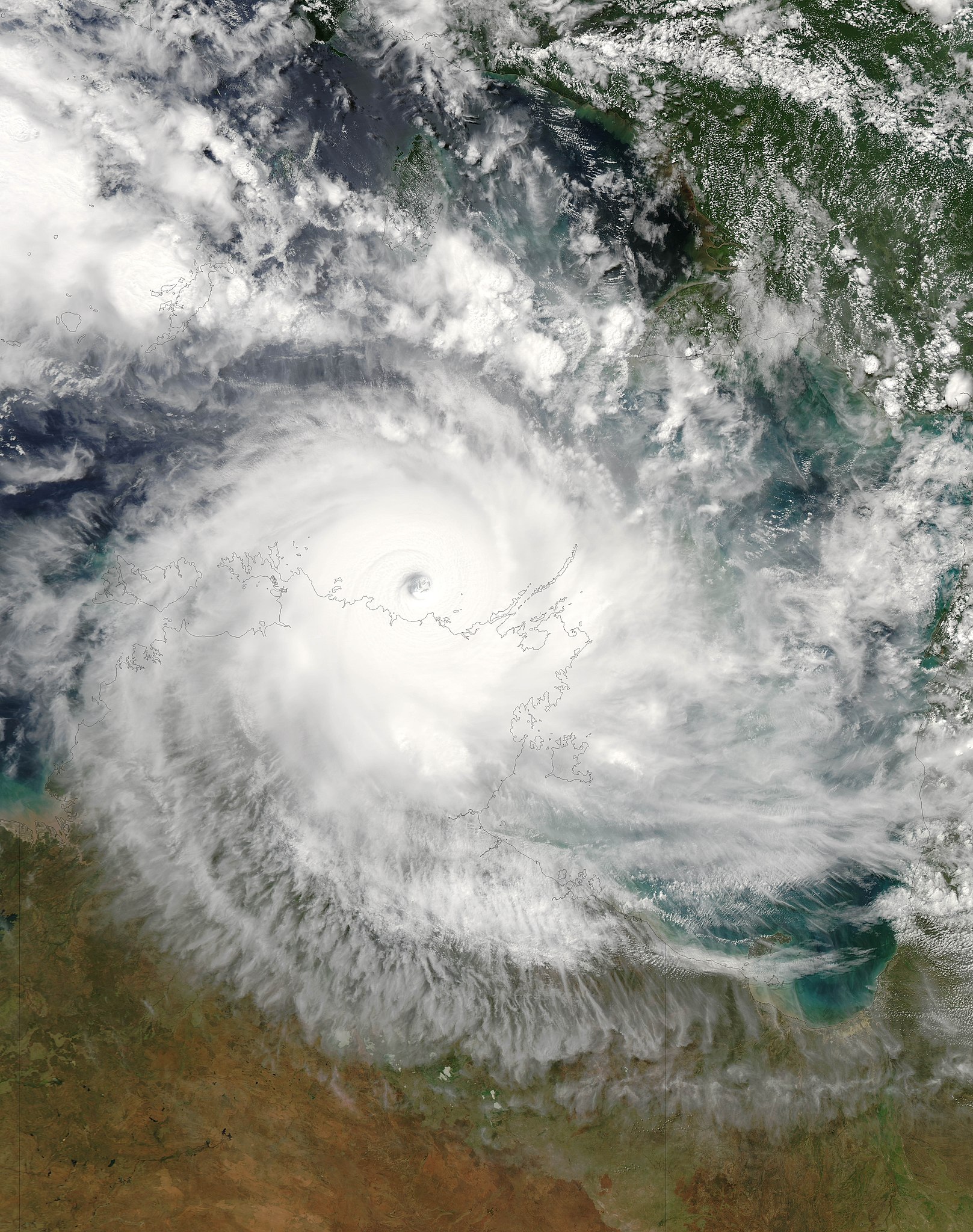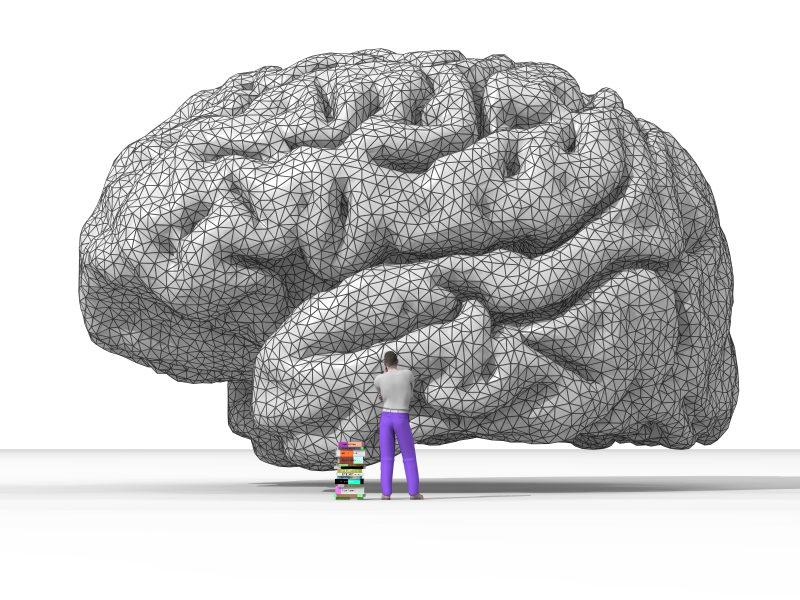
ChatGPT has exploded in popularity, and people are using it to write articles and essays, generate marketing copy and computer code, or simply as a learning or research tool. However, most people don’t understand how it works or what it can do, so they are either not happy with its results or not using it in a way that can draw out its best capabilities.
I’m a human factors engineer. A core principle in my field is never blame the user. Unfortunately, the ChatGPT search-box interface elicits the wrong mental model and leads users to believe that entering a simple question should lead to a comprehensive result, but that’s not how ChatGPT works.
Unlike a search engine, with static and stored results, ChatGPT never copies, retrieves or looks up information from anywhere. Rather, it generates every word anew. You send it a prompt, and based on its machine-learning training on massive amounts of text, it creates an original answer.
Most importantly, each chat retains context during a conversation, meaning that questions asked and answers provided earlier in the conversation will inform responses it generates later. The answers, therefore, are malleable, and the user needs to participate in an iterative process to shape them into something useful.
Your mental model of a machine – how you conceive of it – is important for using it effectively. To understand how to shape a productive session with ChatGPT, think of it as a glider that takes you on journeys through knowledge and possibilities.
Dimensions of knowledge
You can begin by thinking of a specific dimension or space in a topic that intrigues you. If the topic were chocolate, for example, you might ask it to write a tragic love story about Hershey’s Kisses. The glider has been trained on essentially everything ever written about Kisses, and similarly it “knows” how to glide through all kinds of story spaces – so it will confidently take you on a flight through Hershey’s Kisses space to produce the desired story.
You might instead ask it to explain five ways in which chocolate is healthy and give the response in the style of Dr. Seuss. Your requests will launch the glider through different knowledge spaces – chocolate and health – toward a different destination – a story in a specific style.

To unlock ChatGPT’s full potential, you can learn to fly the glider through “transversal” spaces – areas that cross multiple domains of knowledge. By guiding it through these domains, ChatGPT will learn both the scope and angle of your interest and will begin to adjust its response to provide better answers.
For example, consider this prompt: “Can you give me advice on getting healthy.” In that query, ChatGPT does not know who the “you” is, nor who “me” is, nor what you mean by “getting healthy.” Instead, try this: “Pretend you are a medical doctor, a nutritionist and a personal coach. Prepare a two-week food and exercise plan for a 56-year-old man to increase heart health.” With this, you have given the glider a more specific flight plan spanning areas of medicine, nutrition and motivation.
If you want something more precise, then you can activate a few more dimensions. For example, add in: “And I want to lose some weight and build muscle, and I want to spend 20 minutes a day on exercise, and I cannot do pull-ups and I hate tofu.” ChatGPT will provide output taking into account all of your activated dimensions. Each dimension can be presented together or in sequence.
Flight plan
The dimensions you add through prompts can be informed by answers ChatGPT has given along the way. Here’s an example: “Pretend you are an expert in cancer, nutrition and behavior change. Propose 8 behavior-change interventions to reduce cancer rates in rural communities.” ChatGPT will dutifully present eight interventions.
Let’s say three of the ideas look the most promising. You can follow up with a prompt to encourage more details and start putting it in a format that could be used for public messaging: “Combine concepts from ideas 4, 6 and 7 to create 4 new possibilities – give each a tagline, and outline the details.” Now let’s say intervention 2 seems promising. You can prompt ChatGPT to make it even better: “Offer six critiques of intervention 2 and then redesign it to address the critiques.”
ChatGPT does better if you first focus on and highlight dimensions you think are particularly important. For example, if you really care about the behavior-change aspect of the rural cancer rates scenario, you could force ChatGPT to get more nuanced and add more weight and depth to that dimension before you go down the path of interventions.
You could do this by first prompting: “Classify behavior-change techniques into 6 named categories. Within each, describe three approaches and name two important researchers in the category.” This will better activate the behavior-change dimension, letting ChatGPT incorporate this knowledge in subsequent explorations.
There are many categories of prompt elements you can include to activate dimensions of interest. One is domains, like “machine learning approaches.” Another is expertise, like “respond as an economist with Marxist leanings.” And another is output style, like “write it as an essay for The Economist.” You can also specify audiences, like “create and describe 5 clusters of our customer-types and write a product description targeted to each one.”
Explorations, not answers
By rejecting the search engine metaphor and instead embracing a transdimensional glider metaphor, you can better understand how ChatGPT works and navigate more effectively toward valuable insights.
The interaction with ChatGPT is best performed not as a simple or undirected question-and-answer session, but as an interactive conversation that progressively builds knowledge for both the user and the chatbot. The more information you provide to it about your interests, and the more feedback it gets on its responses, the better its answers and suggestions. The richer the journey, the richer the destination.
It is important, however, to use the information provided appropriately. The facts, details and references ChatGPT presents are not taken from verified sources. They are conjured based on its training on a vast but non-curated set of data. ChatGPT will generate a medical diagnosis the same way it writes a Harry Potter story, which is to say it is a bit of an improviser.
You should always critically evaluate the specific information it provides and consider its output as explorations and suggestions rather than as hard facts. Treat its content as imaginative conjectures that require further verification, analysis and filtering by you, the human pilot.
This article was updated to include disclosure of the author’s consulting business.
James Intriligator, Professor of the Practice, Tufts University
This article is republished from The Conversation under a Creative Commons license. Read the original article.










